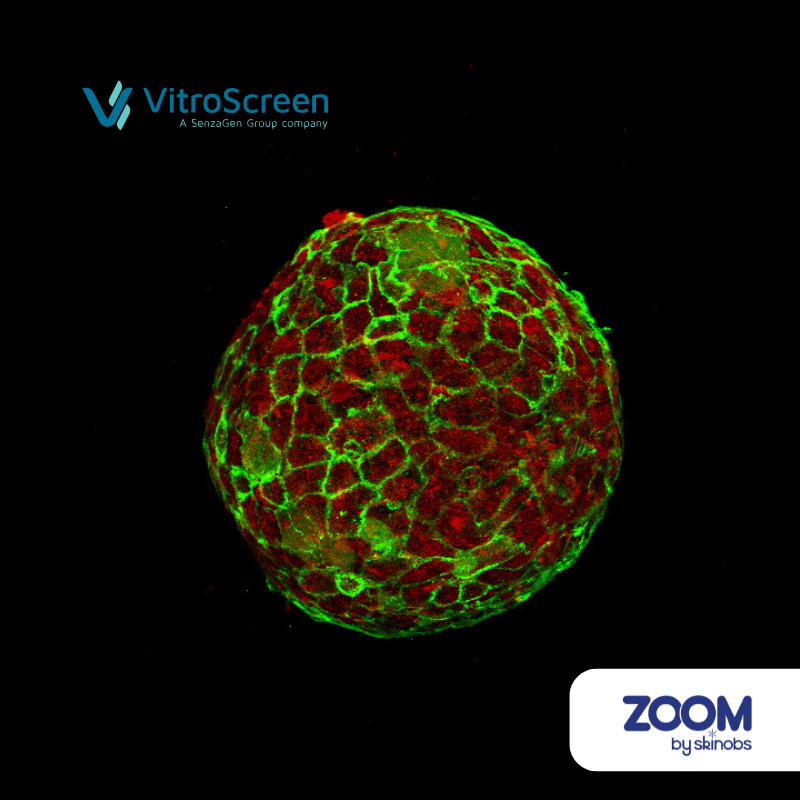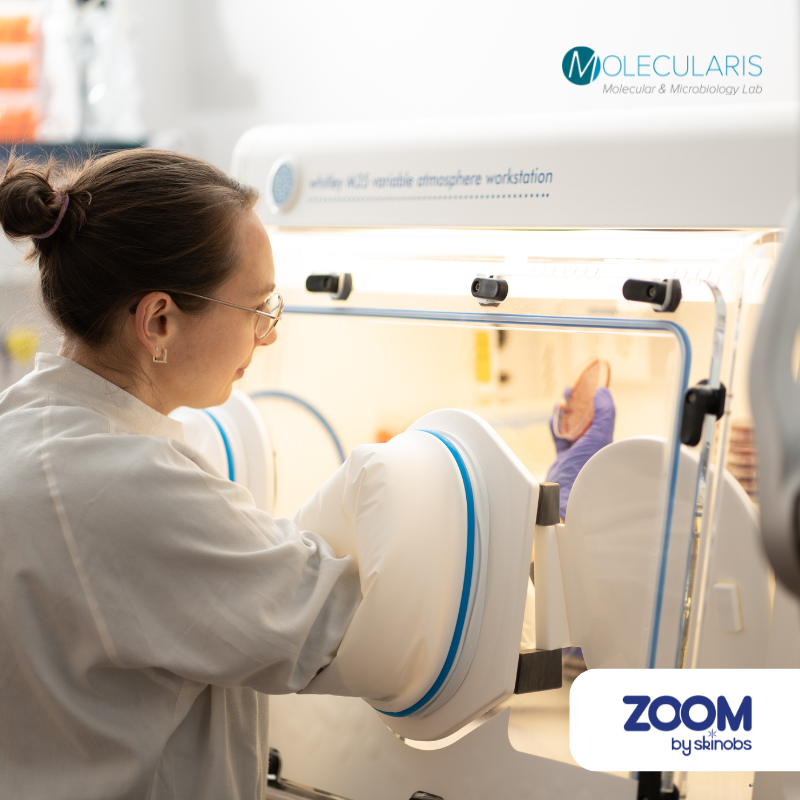A Sirvent (1), C Lhéritier (1), A Moga (2), F Girard (1)
1. Laboratoire Dermscan: 114 Bd du 11 novembre 1918, 69100 Villeurbanne, FRANCE
2. Synelvia SAS, Prologue Biotech: 516 rue Pierre et Marie Curie, 31670 Labège Cedex, FRANCE
Direct link to the complete article
The aim of this study was to propose simple methodologies in order to evaluate the IR protection enabled by cosmetic products.
…/…
1. BLOCKING EVALUATION OF TWO SUNSCREEN PRODUCTS
- Effects of IR radiations on cutaneous parameters
- Influence of phototype
- Effect of sunscreens X or Y
2. EVALUATION OF THE CELLULAR PROTECTION AGAINST IR OF A SUNSCREEN PRODUCT
CONCLUSION
• The 1st approach takes advantage of the blocking power of sunscreens. All the chosen parameters (cutaneous temperature, color and microcirculation) were increased after IR radiation. Darker skin types reacted more importantly than lighter ones: they absorbed more heat and vasodilation was more important. This approach allowed to discriminate two sunscreens: sunscreen X had no effect on skin heating under IR whereas sunscreen Y reduced the 3 parameters.
• The 2nd approach studied some cellular makers of stress: oxidation and detoxification. We were able to demonstrate that a sunscreen product that limit skin heating also limit the cellular aggression (reduced generation of MDA as well as reduced needs in SOD and CAT).
These two approaches can be used in the future in order to test the IR protection of a cosmetic product.





